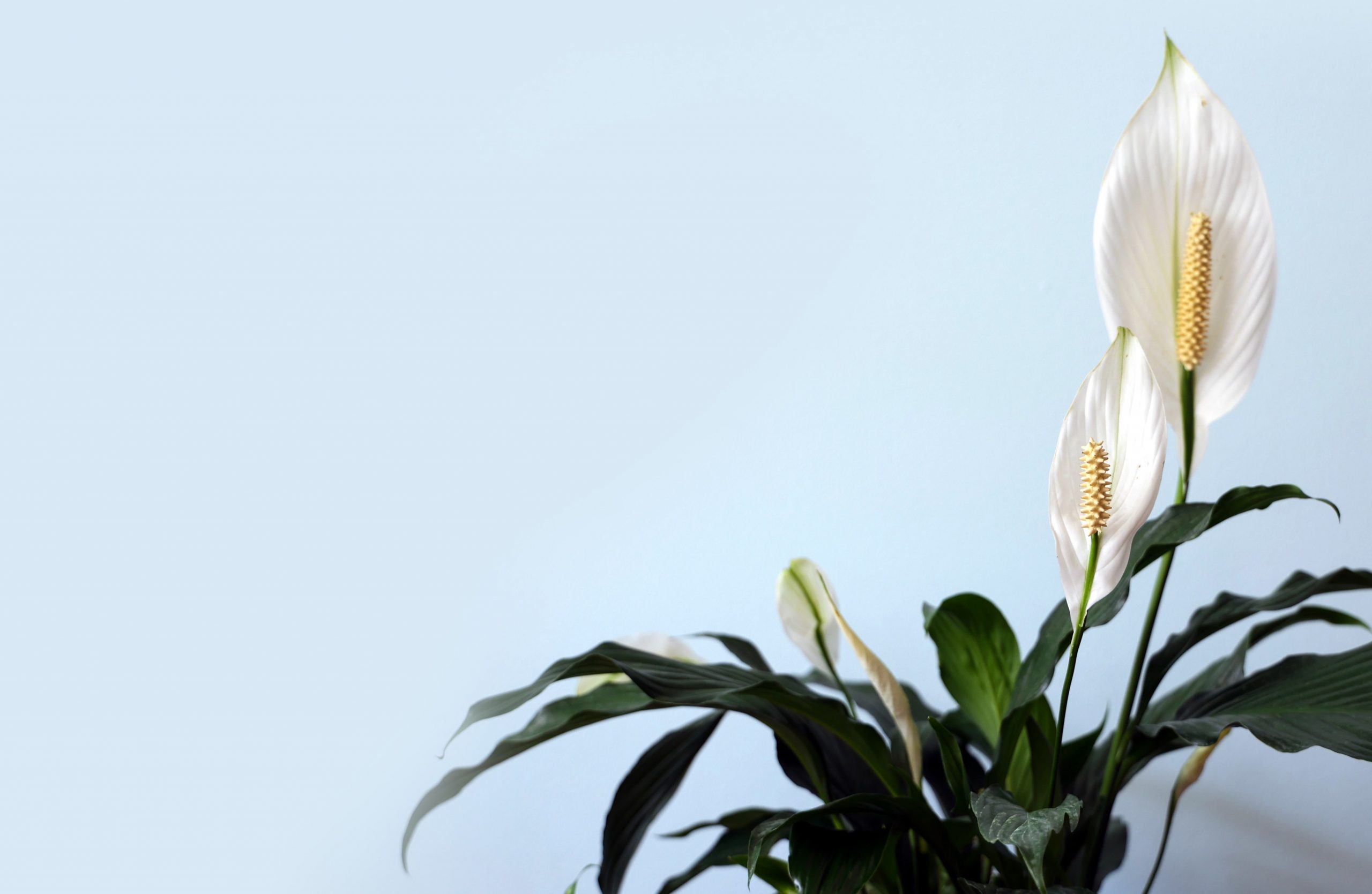Last Updated on April 9, 2024 by Real Men Sow
Spathiphyllum wallisii, peace lily is a low-maintenance house plant that has glossy green leaves and white flowers. Peace lilies are native to Central America and can be grown in bright bathrooms.
Plant a peace lily in bright sunlight. Keep the compost moist, but not wet, by watering regularly. Fortnightly feed your houseplants with liquid food in spring and summer. To ensure that they can photosynthesise properly, deadhead spent blooms. You may need to mist the leaves in dry rooms to increase humidity. Keep in mind that ingesting peace lily leaves can cause swelling and even vomiting.
Where to Grow Peace Lilies
For peace lilies, bright, indirect light is the best. They should be protected from cold drafts and doors. A humid area, such as a bathroom or bedroom, is ideal for peace lilies. They thrive in tropical environments.
Planting Lilies in Pots
A pot should not be more than one-third the size of the root ball. Then fill the pot with peat-free multipurpose or house plant compost. Next, plant your peace lily by adding more compost around the root ball. Allow it to drain and water well.
Care of Peace Lilies The Right Way
Regularly water your peace lily, so that the compost doesn’t dry completely but also is not waterlogged. It is a good rule of thumb to wait until the compost has dried completely before watering again. You’ll notice a difference if you don’t water them enough – peace lilies will wilt if they aren’t hydrated.
Follow the directions on the back of the container to feed your peace lily twice a week in spring and summer with liquid plant food.
Every few years, repot your peace lily in a larger pot with fresh compost. Although peace lilies can thrive in a small space, they will still grow well if their roots are not as tight. However, recurrent wilting is an indication that the plant has outgrown its container. When your lilies finished blooming, make sure you know what to do in order to ensure future flowering.
What is Peace Lily Named After?
The peace lily is named after its white flowers which look similar to white flags. The peace lily isn’t really a lily, but an arum. It is also in the same family as Zantedeschia (Zulatum) and Lords and Ladies (Arum maculatum). There are also less obvious plants like dumb cane (Dieffenbachia) and Swiss cheese plant (Monstera). Peace lilies can be grown easily, require little light and are great for purifying the air.


